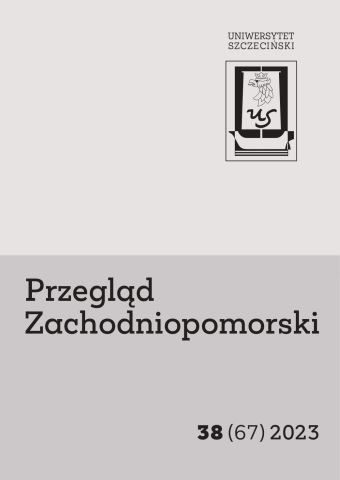Abstract
Contemporary attention is closely focused on the changes taking place within small local communities, where members not only see the value in building their community brand but also feel the need for self-identification. This process supports the development of entrepreneurship, tourism, and various other areas of human activity. However, not all regions possess a well-established identity that is unquestionable for their residents, or it may require redefinition. In some cases, inherited material and sometimes spiritual heritage may not be considered a regional asset and, on the contrary, may be seen as a “problematic” legacy. Border regions or post-migration areas, where one group of people settled in the place of another, sometimes even forcibly, are particularly complex. This situation may be euphemistically described, but it relates to extremely dramatic circumstances associated with displacement, expulsion, or even extermination.
The Author considers it essential to examine attempts to build an identity based on the centuries- old heritage of Kosznajders in the southern part of Pomerania, near Chojnice. In this article, he analyzes the opportunities and limitations of place branding through the study and observation of grassroots initiatives aimed at preserving the memory of Kosznajders and their heritage. One opportunity is the openness of residents to a dialogue about the history of the place, while a limitation lies in the unresolved collective traumas and suffering dating back to the times of occupation, and sometimes even the pre-war period, deeply ingrained in collective memory.








